In today’s world, where climate change and environmental degradation are major concerns, it is important for us to make conscious efforts towards sustainable living. One of the ways we can do this is by building eco-friendly houses. These houses are designed and constructed using environmentally friendly materials and techniques, with a focus on reducing their carbon footprint and promoting sustainable living. In this guide, we will explore everything you need to know about building eco-friendly houses, from design and construction to the benefits of living in one.
Sustainable Architecture: Designing Eco-Conscious Homes
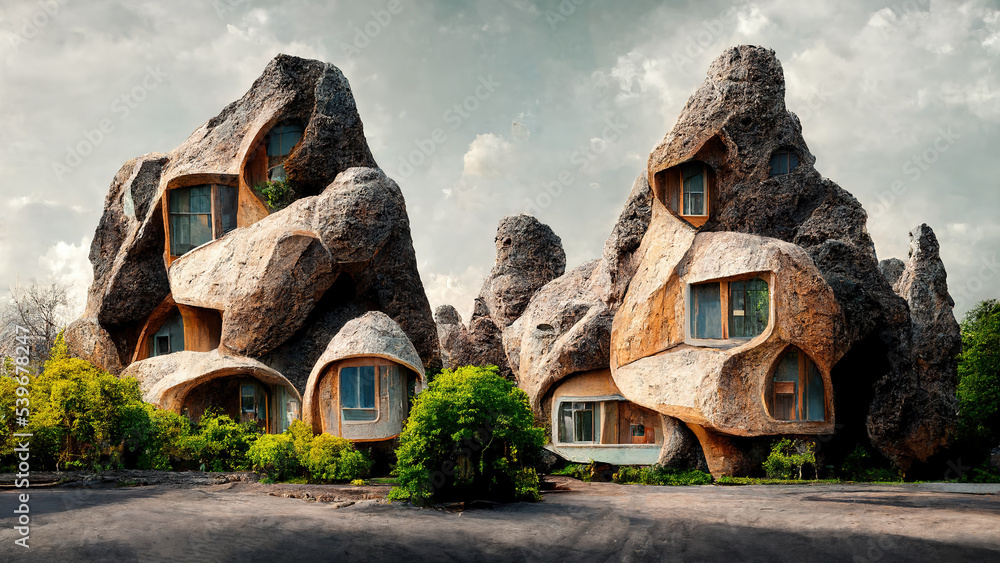
Sustainable architecture is the practice of designing buildings that have a minimal impact on the environment. When it comes to eco-houses, sustainable architecture plays a crucial role in ensuring that the house is built in an environmentally responsible manner. Here are some key aspects of sustainable architecture that are essential for designing eco-conscious homes:
Passive Solar Design
Passive solar design is a technique used in sustainable architecture to harness the natural energy of the sun to heat and cool a building. This involves strategically placing windows, walls, and floors to maximize natural light and heat during winter and minimize them during summer. By utilizing passive solar design, eco-houses can significantly reduce their energy consumption and reliance on artificial heating and cooling systems.
Use of Natural and Recycled Materials
Another important aspect of sustainable architecture is the use of natural and recycled materials in construction. This includes materials such as bamboo, straw bales, and reclaimed wood, which have a lower environmental impact compared to traditional building materials like concrete and steel. Using these materials not only reduces the carbon footprint of the house but also promotes the use of renewable resources.
Green Roofs and Walls
Green roofs and walls are becoming increasingly popular in sustainable architecture. These features involve covering the roof or walls of a building with vegetation, providing insulation and reducing the amount of energy needed for heating and cooling. Green roofs and walls also help to absorb rainwater, reducing the strain on drainage systems and promoting biodiversity in urban areas.
Eco-Homes: A Guide to Green Building Practices
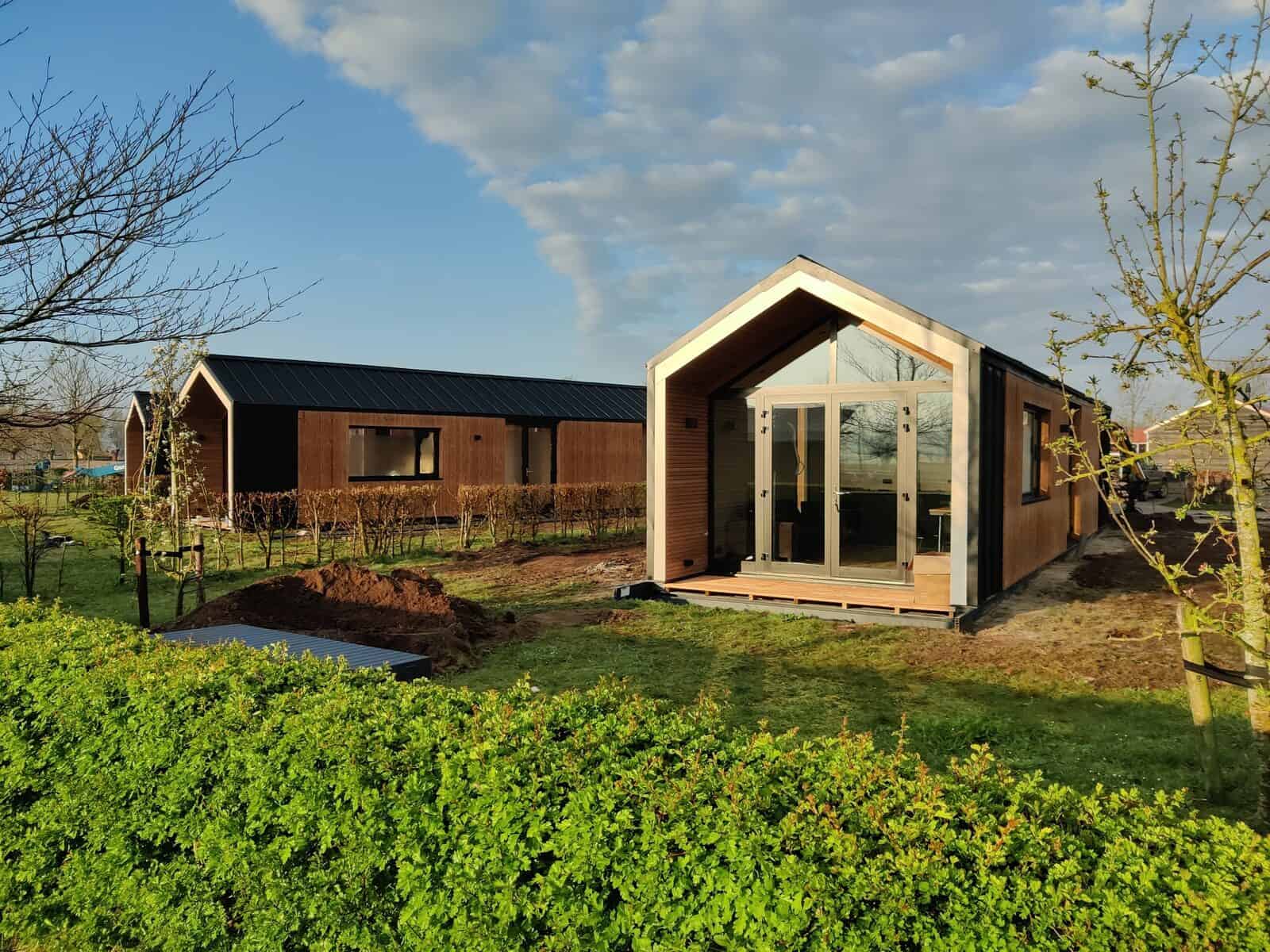
Green building practices are essential for constructing eco-friendly houses. These practices involve using sustainable materials and techniques that have a minimal impact on the environment. Here are some key green building practices to consider when building an eco-house:
Site Selection and Orientation
The location and orientation of a house can have a significant impact on its energy efficiency. When selecting a site for an eco-house, it is important to consider factors such as solar access, wind patterns, and natural features like trees and water bodies. By choosing a site with good solar access and natural protection from wind, you can reduce the energy needed for heating and cooling your house.
Energy-Efficient Windows and Insulation
Windows and insulation play a crucial role in the energy efficiency of a house. In eco-houses, it is important to choose energy-efficient windows that can prevent heat loss during winter and heat gain during summer. Insulation is also essential for maintaining a comfortable indoor temperature and reducing the need for artificial heating and cooling.
Renewable Energy Systems
One of the key features of eco-houses is their use of renewable energy systems. These systems harness natural sources of energy such as sunlight, wind, and water to power the house. Solar panels, wind turbines, and hydroelectric systems are some examples of renewable energy systems that can be incorporated into eco-houses to reduce their reliance on non-renewable sources of energy.
Innovative Building Techniques for Eco-Friendly Homes
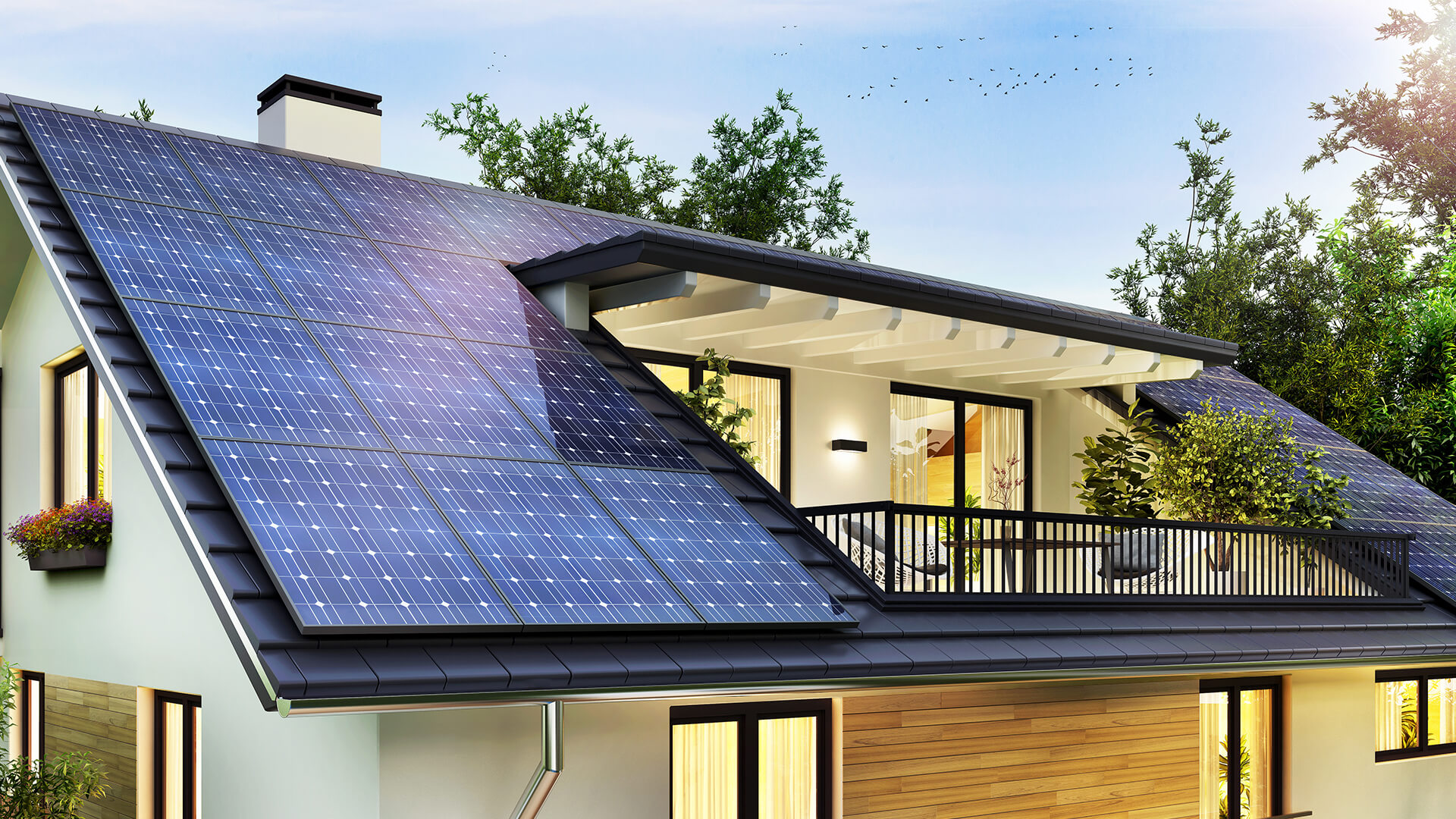
Innovative building techniques are constantly being developed to make construction more sustainable and environmentally friendly. Here are some innovative techniques that are commonly used in the construction of eco-houses:
Prefabricated Construction
Prefabricated construction involves assembling parts of a building off-site and then transporting them to the construction site for final assembly. This technique reduces waste and energy consumption during the construction process, making it a popular choice for eco-houses.
Modular Construction
Modular construction is similar to prefabricated construction, but instead of assembling parts off-site, entire modules of a building are constructed in a factory and then transported to the site for installation. This technique is not only more efficient but also allows for greater flexibility in design and customization.
3D Printing
3D printing is a relatively new technology that has the potential to revolutionize the construction industry. It involves using a large-scale 3D printer to create structures layer by layer, using sustainable materials such as recycled plastic or concrete. This technique can significantly reduce construction time and waste, making it a promising option for eco-houses.
Building Materials for Sustainable Houses
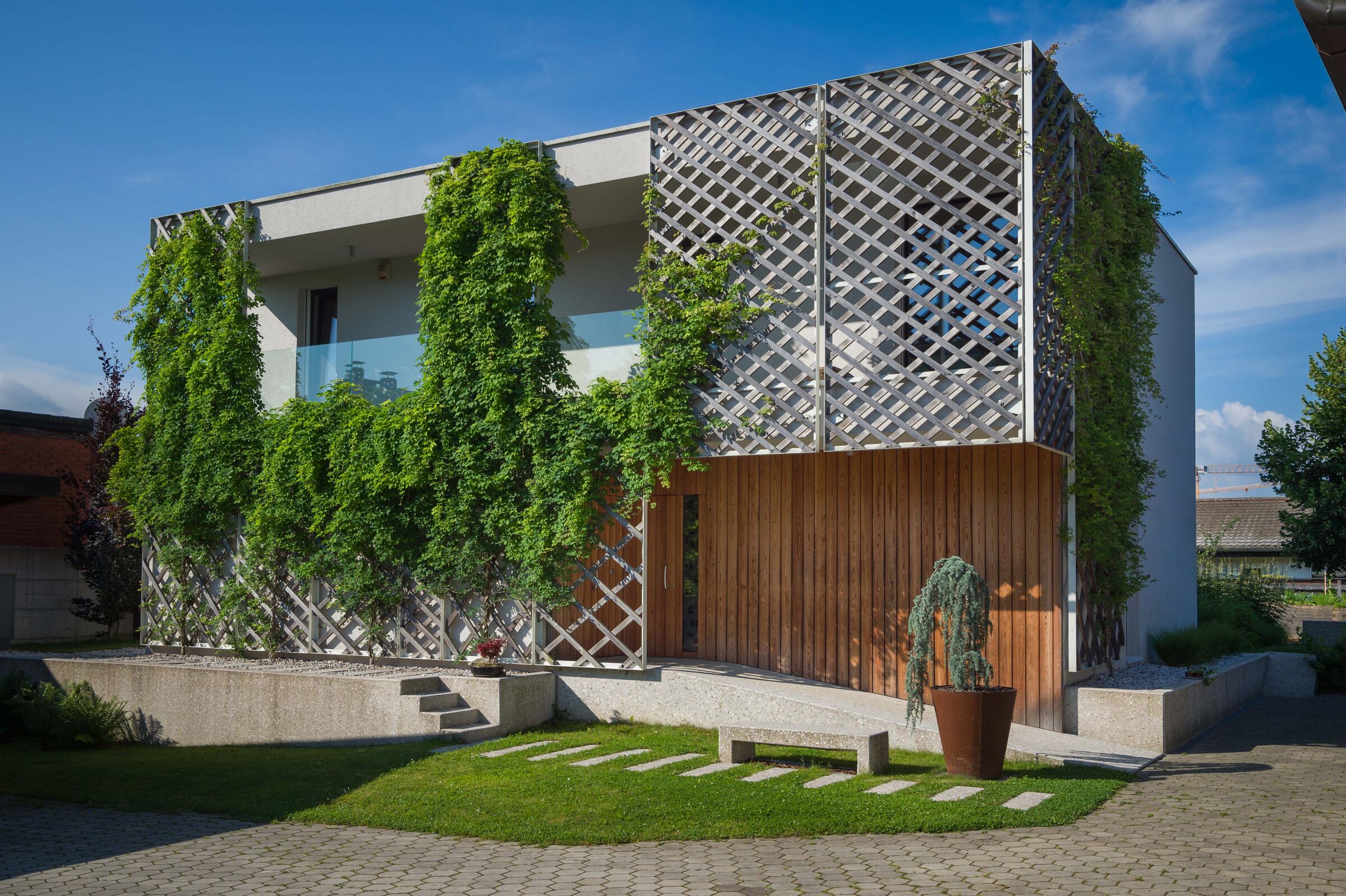
The materials used in the construction of eco-houses play a crucial role in their sustainability. Here are some environmentally friendly materials that are commonly used in the construction of eco-houses:
Bamboo
Bamboo is a fast-growing, renewable resource that is becoming increasingly popular in sustainable construction. It is lightweight, strong, and versatile, making it suitable for a wide range of applications in eco-houses, from flooring and furniture to structural elements.
Straw Bales
Straw bales are another sustainable material that is gaining popularity in eco-house construction. These bales are made from compressed straw, which is a byproduct of grain production. They provide excellent insulation and are often used in walls and roofs of eco-houses.
Recycled Wood
Using reclaimed or recycled wood in construction is an excellent way to reduce the environmental impact of building materials. This wood is salvaged from old buildings, furniture, or pallets and can be repurposed for use in eco-houses, providing a unique and sustainable aesthetic.
Energy-Efficient Systems for Eco-Houses

Energy-efficient systems are essential for reducing the carbon footprint of eco-houses. Here are some key systems that can be incorporated into eco-houses to make them more energy-efficient:
Solar Panels
Solar panels are perhaps the most well-known renewable energy system and are commonly used in eco-houses. These panels convert sunlight into electricity, which can power the house’s lighting, appliances, and heating and cooling systems.
Geothermal Heating and Cooling
Geothermal heating and cooling systems utilize the constant temperature of the earth to regulate the temperature inside a building. This system involves burying pipes underground, which circulate a liquid that absorbs heat from the ground during winter and releases it during summer.
Rainwater Harvesting
Rainwater harvesting is an excellent way to reduce water consumption in eco-houses. This system collects rainwater from the roof and stores it in tanks for later use in activities such as watering plants, flushing toilets, and washing clothes.
Water Management and Conservation in Eco-Houses
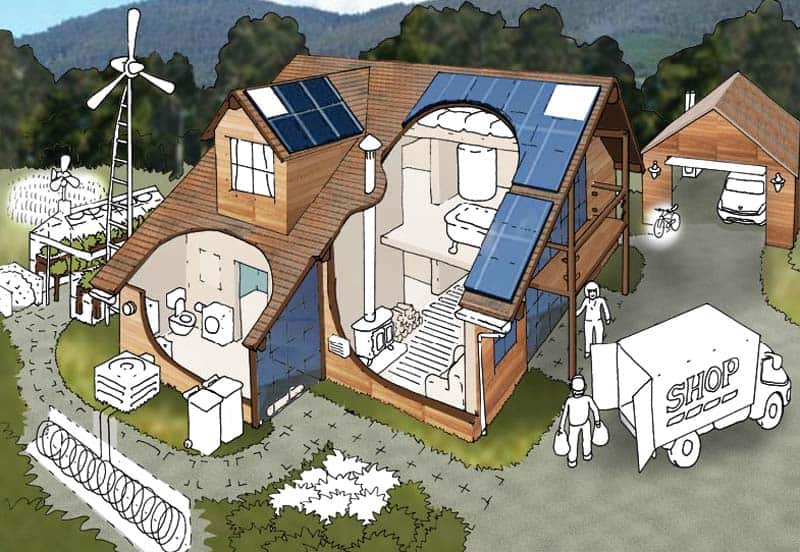
Water management and conservation are crucial aspects of sustainable living, and eco-houses are designed to minimize water consumption and promote responsible water usage. Here are some ways in which eco-houses manage and conserve water:
Low-Flow Fixtures
Low-flow fixtures, such as faucets, showerheads, and toilets, are designed to use less water without compromising on performance. These fixtures can significantly reduce water consumption in eco-houses, making them more environmentally friendly.
Greywater Recycling
Greywater recycling involves collecting and treating wastewater from sources such as sinks, showers, and washing machines for reuse in non-potable applications. This system reduces the strain on freshwater resources and promotes responsible water usage.
Permeable Surfaces
Permeable surfaces, such as permeable paving and gravel, allow rainwater to seep into the ground instead of running off into storm drains. This helps to replenish groundwater and reduce the risk of flooding, making it an important feature in eco-houses.
Reducing the Environmental Impact of Home Construction
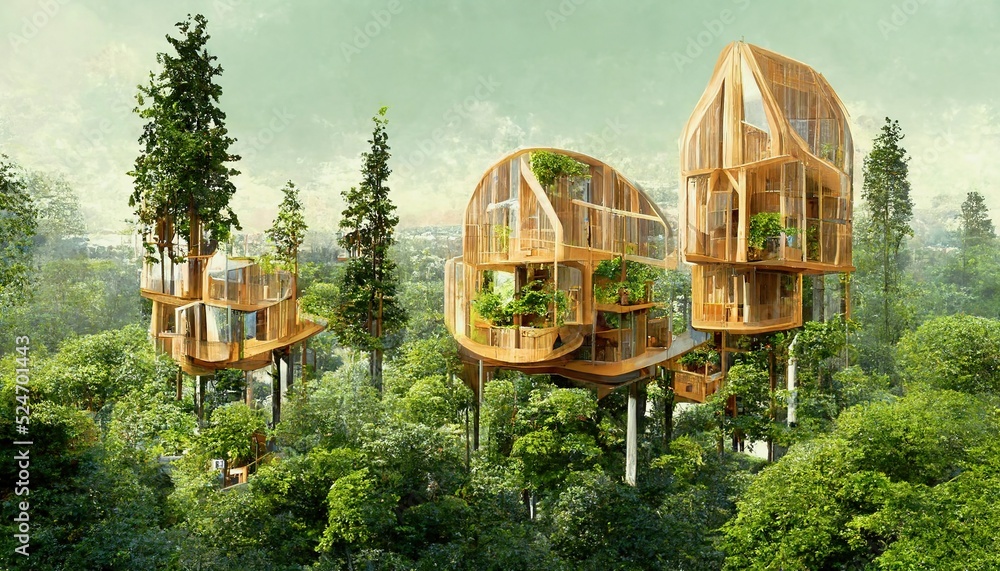
The construction process itself can have a significant impact on the environment. However, there are ways to reduce this impact and make home construction more sustainable. Here are some key strategies for reducing the environmental impact of home construction:
Waste Reduction and Recycling
Construction waste is a major contributor to landfills and can have a significant impact on the environment. By implementing waste reduction and recycling practices, such as using recycled materials and properly disposing of waste, the environmental impact of home construction can be minimized.
Energy-Efficient Construction Techniques
Energy-efficient construction techniques, such as prefabrication and modular construction, not only reduce waste but also require less energy during the construction process. This makes them more environmentally friendly compared to traditional construction methods.
Sustainable Transportation
Transportation of materials and workers to and from the construction site can also have a significant impact on the environment. By using sustainable transportation methods, such as electric or hybrid vehicles, the carbon footprint of home construction can be reduced.
Smart Technologies for Eco-Friendly Living
Advancements in technology have made it possible to incorporate smart features into eco-houses, making them even more sustainable and efficient. Here are some examples of smart technologies that can be used in eco-houses:
Smart Thermostats
Smart thermostats use sensors and algorithms to learn the occupants’ behavior and adjust the temperature accordingly. This helps to reduce energy consumption and promote responsible heating and cooling in eco-houses.
Automated Lighting
Automated lighting systems use motion sensors and timers to turn lights on and off, reducing energy wastage. These systems can also be controlled remotely through a smartphone, allowing homeowners to monitor and adjust their energy usage.
Home Energy Management Systems
Home energy management systems allow homeowners to track their energy usage and identify areas where they can reduce consumption. These systems can also be integrated with renewable energy systems to optimize their performance and reduce reliance on non-renewable sources of energy.
The Benefits of Living in an Eco-House
Living in an eco-house has numerous benefits, not just for the environment but also for homeowners. Here are some key advantages of living in an eco-house:
Lower Energy Bills
Eco-houses are designed to be energy-efficient, which means they consume less energy compared to traditional houses. This results in lower energy bills for homeowners, saving them money in the long run.
Healthier Living Environment
The use of natural and sustainable materials in eco-houses promotes a healthier living environment. These materials are free from harmful chemicals and toxins, making them safer for occupants, especially those with allergies or respiratory issues.
Reduced Carbon Footprint
By utilizing renewable energy systems and implementing sustainable practices, eco-houses have a significantly lower carbon footprint compared to traditional houses. This helps to mitigate the effects of climate change and promote a more sustainable future.
Video
Conclusion
Building eco-friendly houses is not just a trend, but a necessary step towards promoting sustainable living and reducing our impact on the environment. By incorporating sustainable architecture, green building practices, innovative techniques, and environmentally friendly materials, we can create homes that are not only beautiful and functional but also have a minimal impact on the planet. With the use of energy-efficient systems, responsible water management, and smart technologies, eco-houses offer numerous benefits to homeowners, making them a worthwhile investment for a greener future.